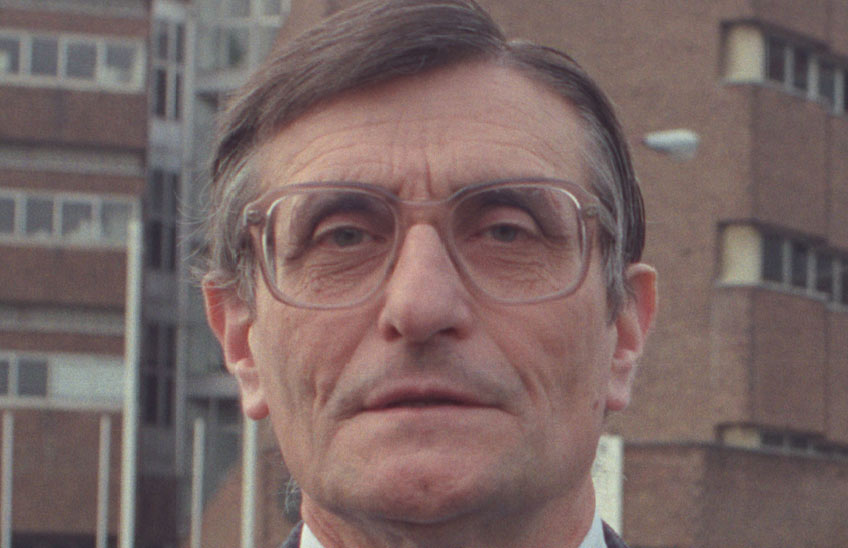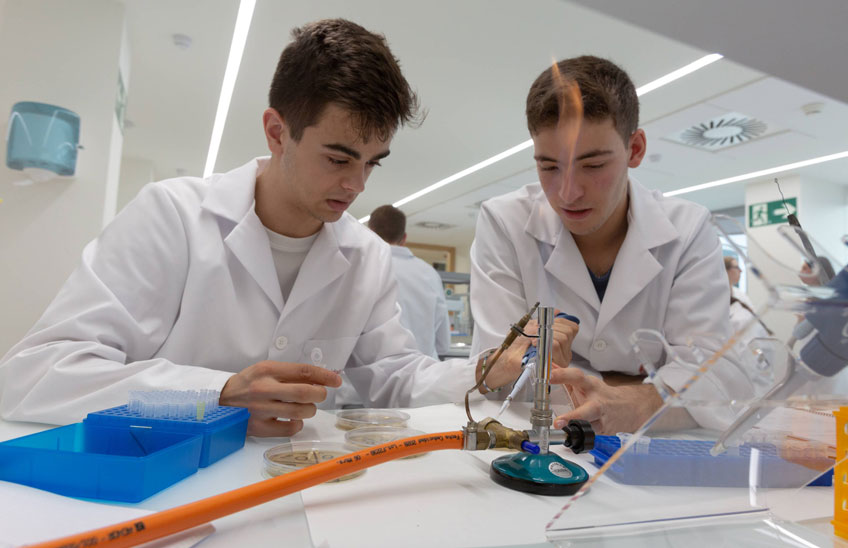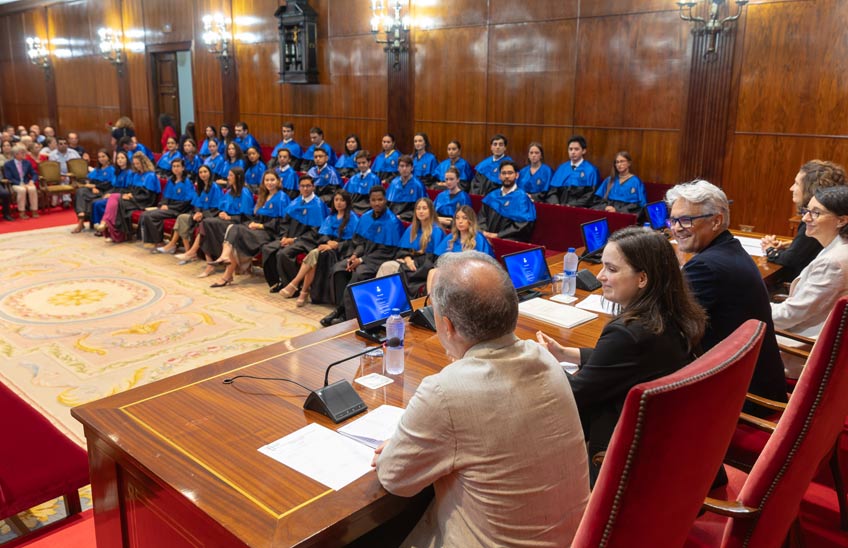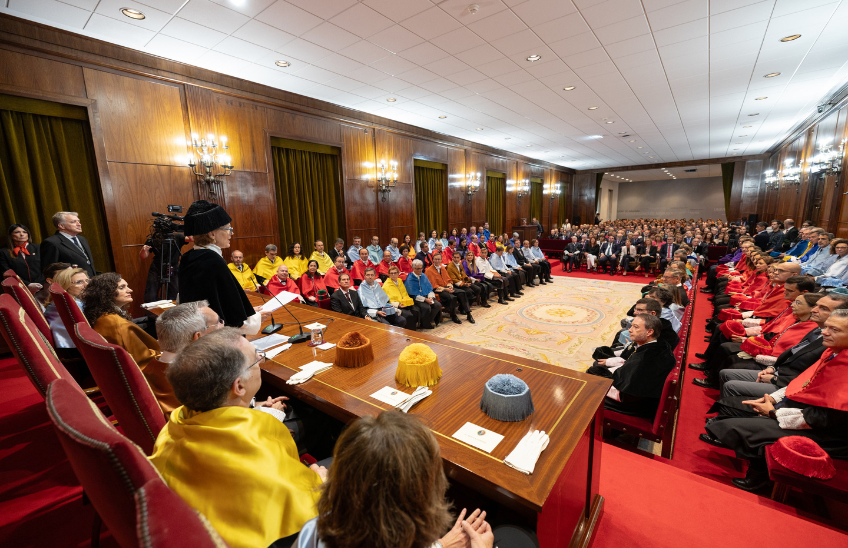Towards a more personalized radiotherapy: new techniques to support clinical decision making in treatment of lung cancer
University research proposes new tools to evaluate the efficacy of radiotherapy treatments for lung tumors

PhotoManuel Castells<br>/Carlos Huesa
09 | 12 | 2021
External radiotherapy is one of the most common treatments for lung cancer. The goal is to apply radiation externally to the tumor whilst protecting the surrounding healthy tissue as much as possible, thus reducing the patient´s side effects.
In routine practice this objective is achieved by establishing safety margins around the tumor to ensure that the radiation dose is adequate, minimizing the impact on the organs close to the tumor.
What are the determining factors for the correct application of the treatment? Is it possible to ensure that the tumor remains within the safety margins during the process? These are some of the questions addressed by Dr. Carlos Huesa (Málaga, 27 years old) in his doctoral thesis titled "Quantification of dosimetric uncertainties in lung stereotactic body radiation therapy”
One of the difficulties which can occur during these procedures according to the researcher, is the movement of the tumor caused by the patient's own breathing during the administration of the radiation, its anatomical changes throughout the different sessions, and even the combined movement of the radiation beam and the tumor itself. "The added difficulty in lung cancer is that the patient breathes and, therefore, the tumor moves. In addition, during the application of the treatment, the patient may have presented anatomical changes such as weight loss or gain, or simply the displacement of the tumor," indicates Dr. Huesa.
This research proposes new techniques which are based on the use of images acquired from patients during treatment: CT images (obtained prior to treatment) and daily CBCT -Cone Beam Computed Tomography- images (obtained on the same day of treatment). Both sets of images are spatially correlated, allowing a more reliable calculation of the radiation dose. "For a correct application of the treatment, it is essential to know the impact of the patient's breathing (how much the tumor moves), of the anatomical variations present in each session (where exactly the tumor is on the day of the treatment) and of the combined movement of the radiation beam and the tumor," he adds.
These strategies proposed by Carlos Huesa makes it possible to evaluate the quality of the treatment resulting in better decision making at the clinical level.”We have to quantify as accurately as possible the location of the tumor within the safety margins and the dosis received, aiming to protect healthy tissue”.
For Huesa, the application of these tools studied in proton therapy treatments would be of interest. "Unlike conventional radiation, in proton therapy the maximum radiation is deposited on the tumor, considerably reducing side effects. To ensure this procedure, it is crucial to quantify the impact of the uncertainties that we have evaluated in this doctoral thesis (respiration, anatomical changes and combined movement of the radiation beam and the tumor)."
According to the World Health Organization, lung cancer is one of the most common cancers in the population with a high mortality rate. In 2020 of the 10 million who died of cancer, 1.8million had lung cancer.
Carlos Huesa is a biomedical engineer and has a master’s in Mathematics and has developed his research in the department of Physics and Applied Mathematics in the School of Sciences of the University of Navarra, under the direction of Professor Javier Burguete and in the Radiophysics service of the Clinica Universidad de Navarra under the codirection of Dr. Juan Diego Azcona.
Bibliographic references
→ Huesa-Berral, C., Burguete, J., Moreno-Jiménez, M. and Azcona, J.D. A method using 4D dose accumulation to quantify the interplay effect in lung stereotactic body radiation therapy. Phys. Med. Biol. 2021; 66(3).
→ Azcona, J. D., Huesa‐Berral, C., Moreno‐Jiménez, M., Barbés, B., Aristu, J. J. and Burguete, J. A novel concept to include uncertainties in the evaluation of stereotactic body radiation therapy after 4D dose accumulation using deformable image registration. Med Phys. 2019; 46(10): 4346 – 4355.




